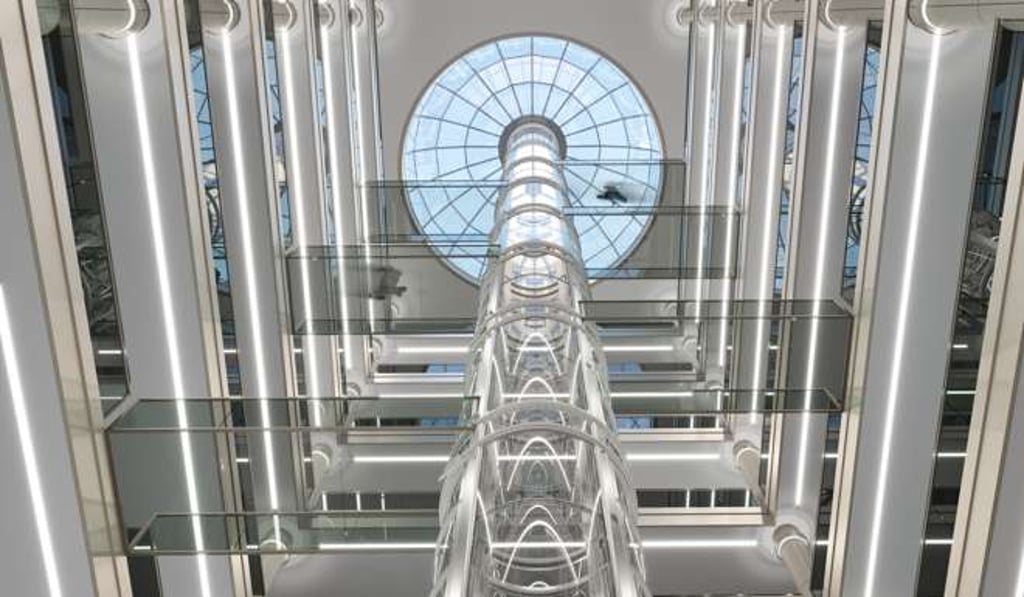How a HK$287 million library can help solve Hong Kong’s storage problems – and preserve precious books
Fearing that books will be replaced by digital resources, many are starting to collect rare and precious editions – but doing so may require a hi-tech library
Books have long been regarded a medium of humanity’s intellectual treasure – our knowledge. Production has evolved from setting down words on stone tablets, bamboo, leather and paper, to print; and now publishing is going digital.
Fearing that books will soon be replaced by digital resources and e-books, many are now seeking to collect good books, but doing so takes space and involves maintenance and an efficient storage system. For Anna Agapova, co-founder of the Russia-based architecture and interior design firm Oleg Klodt Architecture and Design, technology can help.
“In designing this library we were setting out the Library of the Future – information will be [gathered] in it for many years,” says Agapova, who worked with STYLEto come up with a solution for joining the past with the future. “The library as a whole operates as a vast electronic information bank, offering texts from Ancient Egyptian papyruses to the latest trends in modern art.”
According to Agapova, “the future will be [about] the speed of thought, and time will never suffice” – and efficiency is key. The hi-tech features of the design will save you time in finding what you seek. “Now we have to spend ages in our search for reliable high-quality information. With this Library of the Future, this kind of search would take five minutes.” All the books will be transcribed into electronic data while the actual books will be stored in special storage units located on different floors of the 15-storey futuristic library. The storeys are systematically categorised according to primary themes, from theology to art, science
to history.
Now we have to spend ages in our search for reliable high-quality information. With this Library of the Future, this kind of search would take five minutes
Visitors are escorted to the central lobby space with the capsule lift which connects all the floors at the centre of the building. On entering the glass tube-like lift, visitors need to enter the information into the search engine for the lift to go to the corresponding floor. Walking across a transparent bridge to the right spot, one can see on the monitors the book spines and a scanned image of the original inside page.

Agapova explains that the reason for preserving the original appearance of print is that “modern technology is killing the feelings of warmth and touch we get from books, and these feelings are among the most valuable and alluring in life”.






